
7 Craziest Ways Japan's Earthquake Affected Earth
Intro
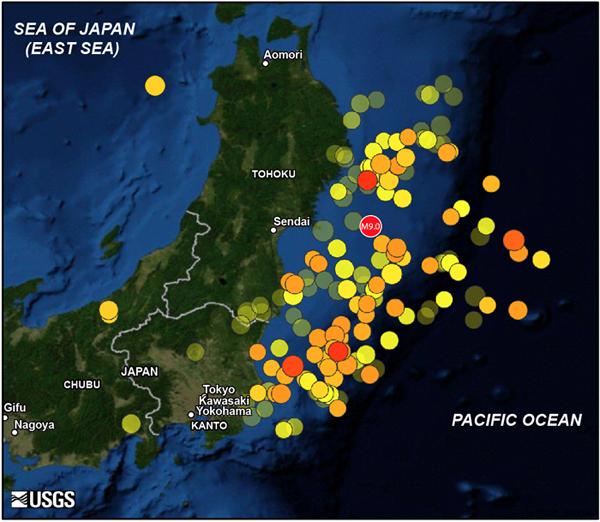
One year ago on March 11, a massive 9.0 magnitude earthquake struck off the coast of the Tohoku region of Japan, rattling the seismically active country and setting of a devastating tsunami that wreaked havoc on the Japanese coast and reached all the way across the Pacific Ocean.
It was the biggest earthquake in Japan's recorded history and the fourth biggest quake in the recorded history of the planet.
But the effects of the quake weren't limited to Japan and they weren't confined to the shaking of the earth and the setting off of ocean waves. The earthquake's energy reached around the world to Antarctica and high into the Earth's atmosphere, even altering the local pull of Earth's gravity field. Here, OurAmazingPlanet reviews the strangest effects the 2011 Japan earthquake and tsunami had on our planet.
Seafloor cracks
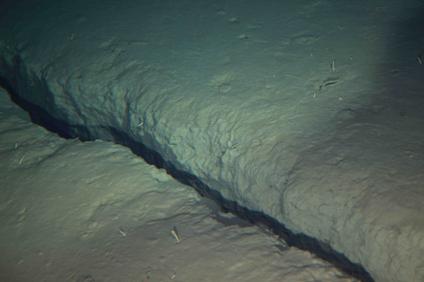
The earthquake ruptured off the coast of Japan, below the sea floor. The force of the quake ripped open parts of the ocean floor, and pushed some sections up (the mechanism that created the tsunami).
The cracks in the seafloor, seen and studied by manned submersibles, are around 3-to-6-feet (around 1-to-3-meters) across and some 10,500-to-17,500-feet (3,200-to-5,350-meters) below the ocean's surface.
Smaller quakes triggered
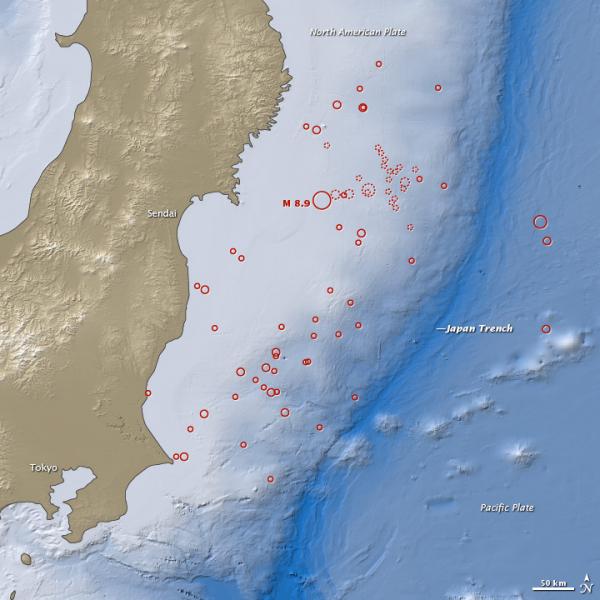
The massive earthquake didn't only trigger shaking in Japan, it also likely set off micro-quakes and tremors around the globe, mostly in places already known for their seismic activity. The shaking set off in these events likely didn't exceed magnitude 3.
The list of places affected included southwest Japan, Taiwan, the Aleutians and mainland Alaska, Vancouver Island in Canada, Washington state, Oregon, central California and the central United States.
Some of the quakes occurred in low-activity areas, such as central Nebraska, central Arkansas and near Beijing. Tremors were even detected in Cuba.
Scientists hope that linking these seismic events can help them better understand the inner workings of earthquakes.
Antarctic ice stream sped up
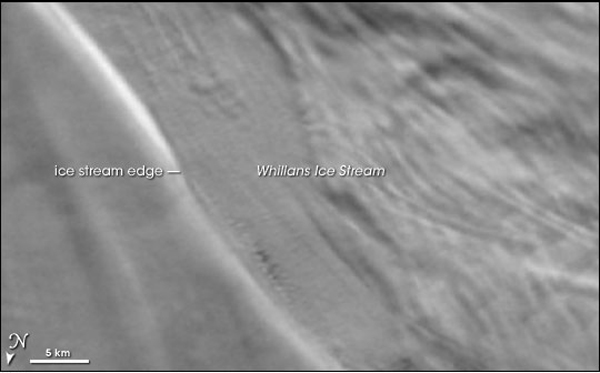
Thousands of miles and a world away from Japan, the seismic waves of the Tohoku earthquake appeared to temporarily speed up the flow of the Whillans glacier. Glaciers are essentially rivers of ice that slowly flow, in the case of Antarctica, from the interior of the continent out to sea.
The faster pace of the Whillans glacier was detected by GPS stations located on the ice. Normally, the glacier slides only about 3 feet (1 meter) per day, but in a strong slip event, such as the one triggered by the earthquake, it can rapidly move about 1.5 feet (0.5 m).
Antarctic iceberg broken
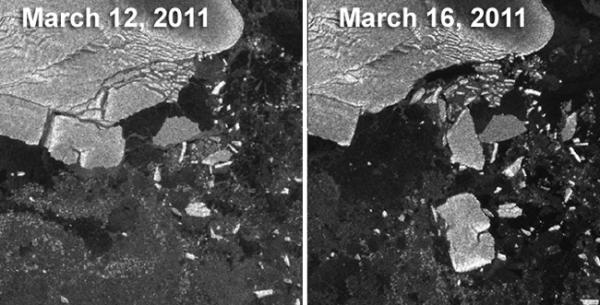
The earthquake and its resulting tsunami were so powerful that they also broke off huge icebergs from the Sulzberger Ice Shelf in Antarctica. (An ice shelf is the part of a glacier that floats atop the sea.)
Swells of water swarmed away from the earthquake's epicenter toward an ice shelf in Antarctica, 8,000 miles (13,600 kilometers) away, and about 18 hours after the earthquake occurred, those waves broke off several chunks of ice that together equaled about two times the surface area of Manhattan. According to historical records, this particular piece of ice hadn't budged in at least 46 years before the tsunami came along.
Satellite images showed new icebergs floating off to sea shortly after the sea swell of the tsunami reached Antarctica.
Atmosphere rattled
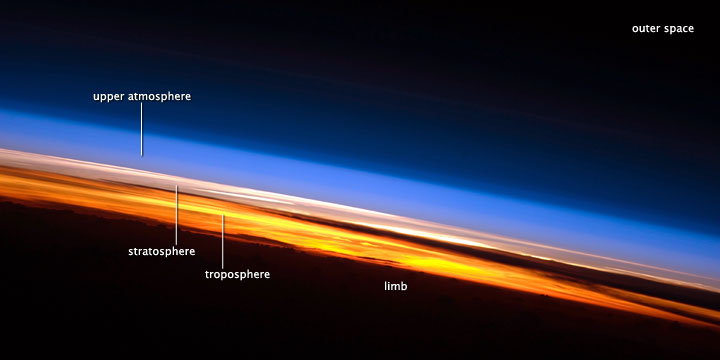
The massive earthquake not only shook the earth, but also the atmosphere.
Research had indicated that the surface motions and tsunamis that earthquakes generate can also trigger waves in the atmosphere, and the Japan earthquake generated the largest such disturbances seen yet, creating ripples in electrically charged particles reaching nearly 220 miles (350 kilometers) above the Earth.
Scientists are investigating this phenomenon as a possibly early warning sign for tsunamis.
Gravity altered
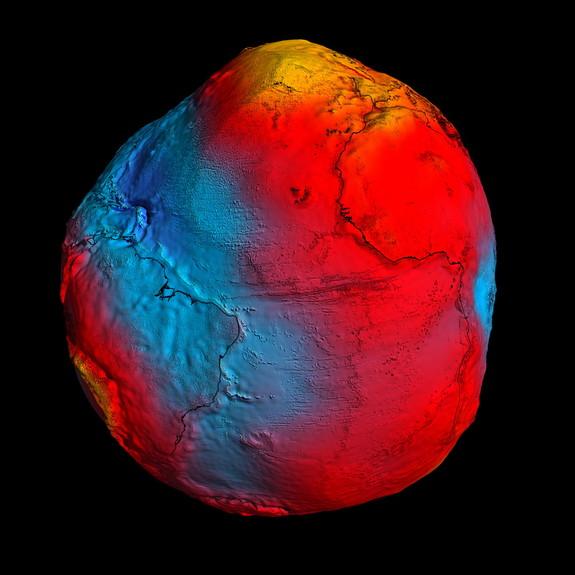
The earthquake was so powerful that it altered the pull of gravity under the area affected by the quake.
Scientists used the Gravity Recovery and Climate Experiment (GRACE) satellites to analyze the area's gravity field before and after the quake. The quake slightly thinned the crust, causes a slight reduction in the local gravity field.
The researchers are now interested in seeing if they can detect post-quake gravity field changes as the crust settles back into place.
Shortened Earth's day
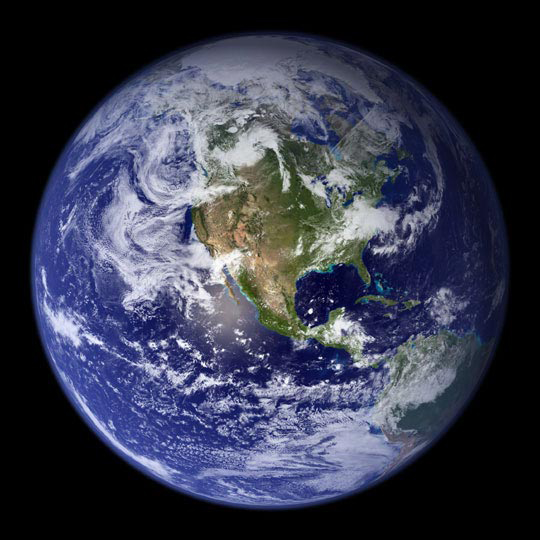
An analysis conducted just days after the earthquake struck found that the temblor accelerated Earth's spin, shortening the length of the 24-hour day by 1.8 microseconds. A microsecond is a millionth of a second.
The planet's rotation sped up because the earthquake shifted the distribution of Earth's mass, said geophysicist Richard Gross at NASA's Jet Propulsion Laboratory in Pasadena, Calif., who made the calculation.
The scenario is similar to that of a figure skater drawing her arms inward during a spin to turn faster on the ice. The closer the mass shift during an earthquake is to the equator, the more it will speed up the spinning Earth.
Sign up for the Live Science daily newsletter now
Get the world’s most fascinating discoveries delivered straight to your inbox.

Andrea Thompson is an associate editor at Scientific American, where she covers sustainability, energy and the environment. Prior to that, she was a senior writer covering climate science at Climate Central and a reporter and editor at Live Science, where she primarily covered Earth science and the environment. She holds a graduate degree in science health and environmental reporting from New York University, as well as a bachelor of science and and masters of science in atmospheric chemistry from the Georgia Institute of Technology.










